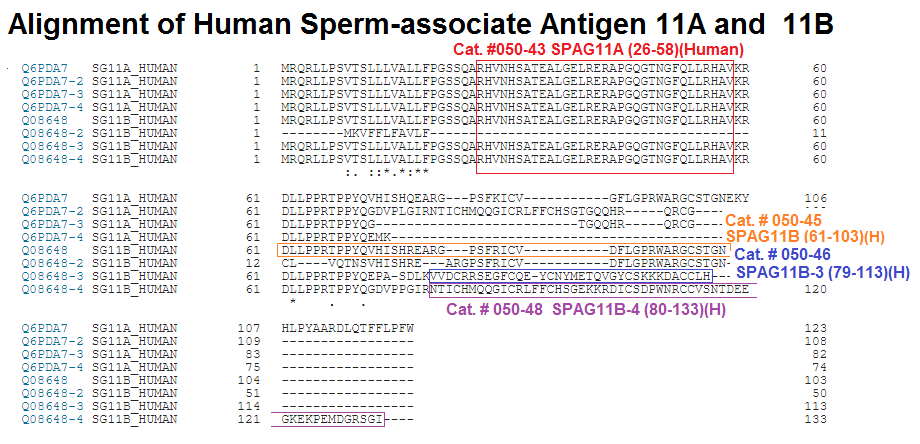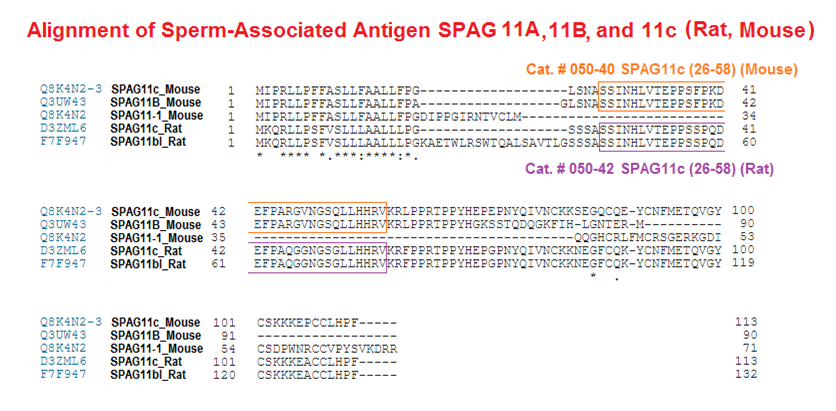BACKGROUND: The aim of this study was to generate a prognostic model to predict survival outcome in pediatric Wilms tumor (WT).
METHODS: The data including mRNA expression and clinical information of pediatric WT patients were downloaded from the Therapeutically Available Research to Generate Effective Treatments (TARGET) database. The differentially expressed genes were identified and a prognostic signature of pediatric WT was generated according to the results of univariate and multivariate Cox analysis. Receiver operating characteristic (ROC) curve was used to evaluate the five-mRNA signature in pediatric Wilms tumor patients. Bootstrap test with 500 times was used to perform the internal validation.
RESULTS: We identified 6,964 differentially expressed mRNAs associated with pediatric WT, including 3,190 downregulated mRNAs and 3,774 up-regulated mRNAs. Univariate and multivariate Cox analysis identified five mRNAs (SPRY1, SPIN4, MAP7D3, C10orf71, and SPAG11A) to establish a predictive model. The risk score formula is as follows: Risk score = 0.3036*SPIN4 + 0.8576*MAP7D3 -0.1548*C10orf71 -0.7335*SPRY1 -0.2654*SPAG11A. The pediatric WT patients were divided into low-risk group and high-risk group based on the median risk score (value = 1.1503). The receiver operating characteristic (ROC) curve analysis revealed good performance of the 5-mRNA prognostic model (the area under the curve [AUC] was 0.821). Bootstrap test (Bootstrap resampling times = 500) was used to perform the internal validation and revealed that the AUC was 0.822. REACTOME, KEGG, and BIOCARTA pathway analyses demonstrated that these survival-related genes were mainly enriched in ErbB2 and ErbB3 signaling pathways, and calcium signaling pathway.
CONCLUSION: The five-mRNA signature can predict the prognosis of patients with pediatric WT. It has significant implication in the understanding of therapeutic targets for pediatric WT patients. However, further study is needed to validate this five-mRNA signature and uncover more novel diagnostic or prognostic mRNAs candidates in pediatric WT patients.


Social Network Confirmation